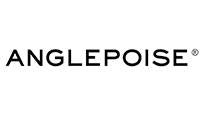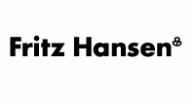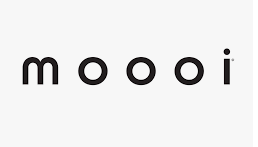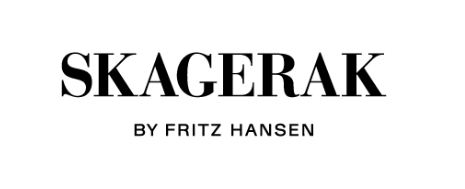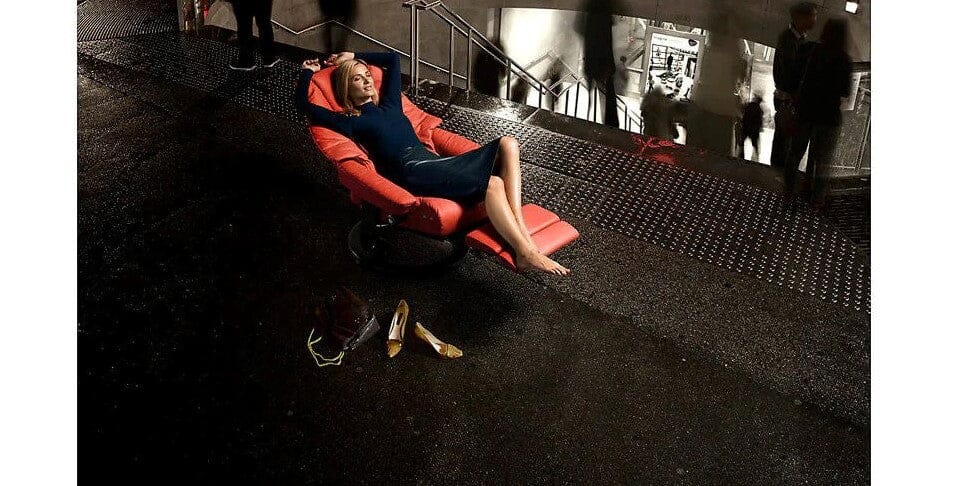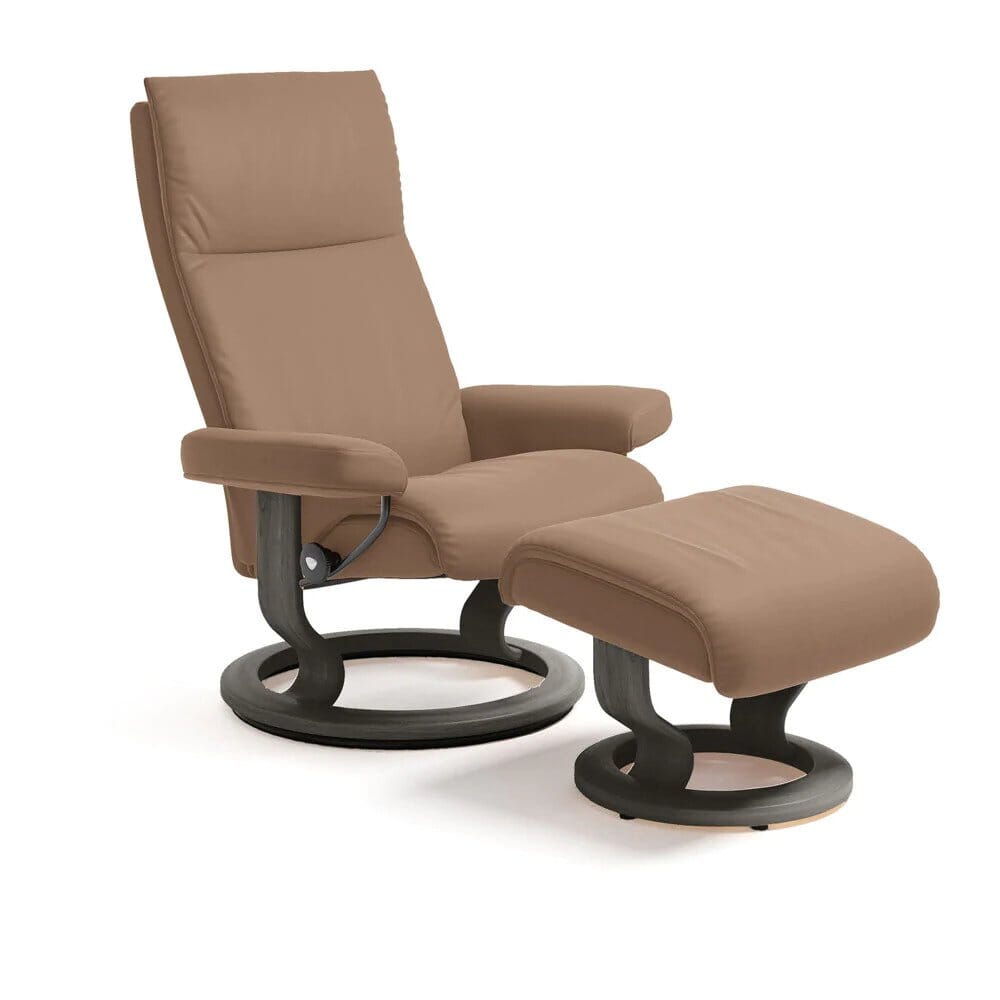800.605.1859 - FREE SHIPPING ON MOST ITEMS OVER $99.00
Accessories
lighting
Designers
- ACHILLE CASTIGLIONI
- ALBERTO MEDA
- ALESSANDRO MENDINI
- ALEXANDER GIRARD
- ALFREDO HABERLI
- ALVAR AALTO
- ANNA CASTELLI FERRIERI
- ANTONIO CITTERIO
- ARNE JACOBSEN
- BARBER & OSGERBY
- CARLO ALESSI
- CARLO MOLLINO
- CHARLES & RAY EAMES
- CHARLOTTE PERRIAND
- EERO SAARINEN
- EILEEN GRAY
- ENZO MARI
- ERNESTO GISMONDI
- ETTORE SOTTSASS
- ACHILLE CASTIGLIONI
- ALBERTO MEDA
- ALESSANDRO MENDINI
- ALEXANDER GIRARD
- ALFREDO HABERLI
- ALVAR AALTO
- ANNA CASTELLI FERRIERI
- ANTONIO CITTERIO
- ARNE JACOBSEN
- BARBER & OSGERBY
- CARLO ALESSI
- CARLO MOLLINO
- CHARLES & RAY EAMES
- CHARLOTTE PERRIAND
- EERO SAARINEN
- EILEEN GRAY
- ENZO MARI
- ERNESTO GISMONDI
- ETTORE SOTTSASS
sale
In-Stock Items
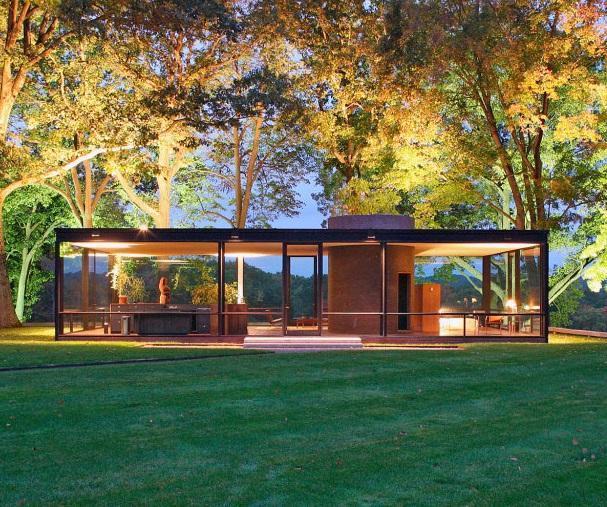
Five Reasons Why Modern Design is Good For You.
July 11, 2018

You’ll have noticed that the clean lines and simple functionality of modern design make any home or work space look good. But modern design is also good for people, too, because the principles of modern design have ergonomics embedded into its DNA.
Yes, modern design was ergonomic before ergonomics was a thing.
Ergonomics 101 and a little history lesson
Ergonomics is the study of and design for the fit between people and the things they use. Ergonomic design aims to maximise comfort and ease of use but it’s not just about physical comfort: ergonomics constantly develops and has expanded to include emotional and psychological wellbeing, too.
For nearly 100 years, the philosophy of modern design has put ergonomics at its heart. Human-centred modern design was born from the housing crisis in post-WW1 Germany. The Frankfurt Kitchen, designed by Margarete Schutte-Lihotzky, was an elegant and efficient response to the need for smaller, labor-saving kitchens. Schutte-Lihotzky applied industrial workflow theory to the domestic duties of cooking and laundry, building in novel concepts such as a removable garbage draw, storage bins with easy-pour design and made from natural materials with weevil-repellent properties, like oak.
Since then, a cohort of European or European-influenced industrial designers have adapted, applied and developed ergonomic thinking to products for factories, offices and homes. Ergonomic intent stands behind German , a strong set of indicators of just why good design makes us feel good.
Here are just a few reasons:
- Less is more
Clutter is visual noise and can reduce emotional wellbeing but modern design isn’t visually complex. It’s almost under-designed. It’s unobtrusive and stripped back to the essentials – the purpose of the piece. It focuses on functionality and the interface with the user. There’s no conscious decoration – the simple beauty is defined by the materials and shapes chosen. “Less is more” is a modern design mantra, associated with architect Mies van der Rohe. His fluidly simple Barcelona Chair and Tubular Brno Chair demonstrate his philosophy.
Ethnicraft’s Flow Table is another case in point. It’s simple. It’s elegant. The lines are clean. There’s no extraneous detail, no useless decoration.
Jesse Brody’s Rebar Table is another example: shape and material are very different from the Flow but it shares the simplicity and essentialism of modern design.
- It’s becoming more sustainable
Sustainability is ergonomics on a planetary scale. A healthy, unplundered earth is good for all of us. What we choose to put in our homes and our offices impacts the planet, and leading modern design brands recognise this. Herman Miller has been a strong leader for environmental protection for decades, with ambitions and strategies for zero waste, sustainable products, and environmentally-friendly processes.The iconic Aeron Chair, designed by Don Chadwick & Bill Stumpf is 94% recyclable and itself made out of recycled materials. The Aeron Chair took the word “ergonomic” mainstream and is arguably the most iconic product of the modern design century.
Emeco also has strong sustainability principles, using reclaimed materials and developing safer, less harmful manufacturing processes. Its no-nonsense Run Shelf is made with recycled aluminium and responsibly-collected woods, while its calm and unpretentious 111 Navy Chair is a product of the brand’s exploration of reclaimed and recycled waste made from 111 recycled Coca-Cola plastic bottles.
- It’s long lasting
Knoll’s Womb Chair isn’t cheap but you’ll only have to buy it once. Modern design is built to last. Part of its environmental credentials is the focus on durability and longevity: the antithesis of the throwaway society.
It means that modern design is timeless. It has its own style which outlives random fads and fashions. It’s enduring and ageless, which means you can easily – and cheaply –create your own personal style around your modern design pieces.
- It’s useful
Our emotional and physical wellbeing is supported (or not) by our surroundings. And if things we use everyday are useful, reliable and beautiful, so much the better. Modern design is rooted in usefulness but not just for its function, but for its emotional effect on us. Dieter Rams made the point that a product “has to satisfy not only functional, but also psychological and aesthetic criteria.”
Herman Miller’s Noguchi Table is a perfect example of usefulness and aesthetic appeal. It combines functionality with artistry.
- It’s fun
The modern design aesthetic is neutral and restrained, but that doesn’t mean it doesn’t enjoy a bit of quirk. There’s a bright and bold side to the aesthetics that’s embodied by the unexpected violet colorway of the Ghost Buster nightstand, designed by Philippe Starck & Eugeni Quitllet, the cool Front Page magazine rack by Front or the non-conformist and comic Gnome, a table in gnome form. Modern design doesn’t take itself seriously all the time.
Do you have a favorite piece you own (or would like to own!) that makes you feel good? Let us know!
Also in News
Subscribe
Sign up to get the latest on sales, new releases and more …

